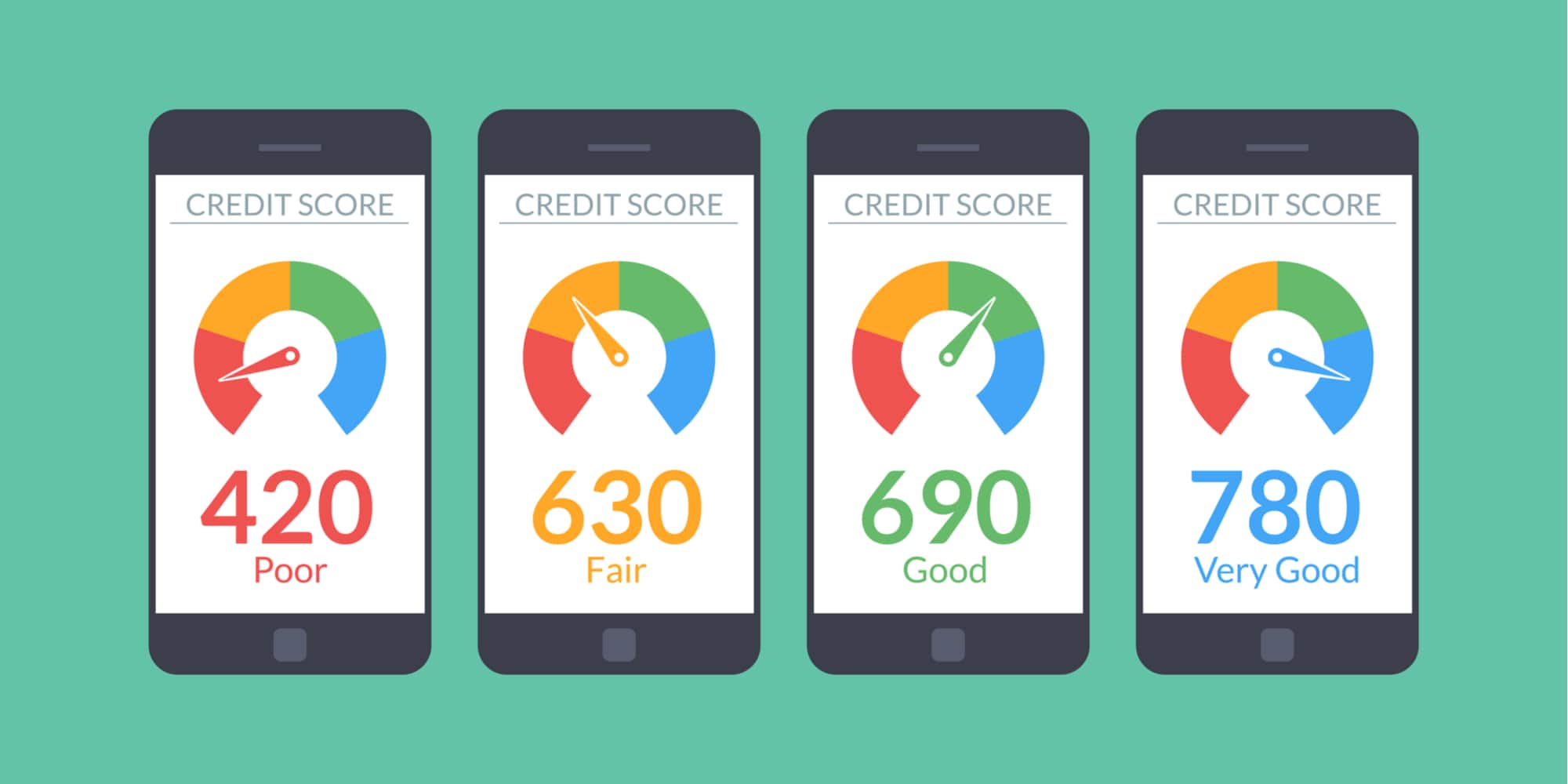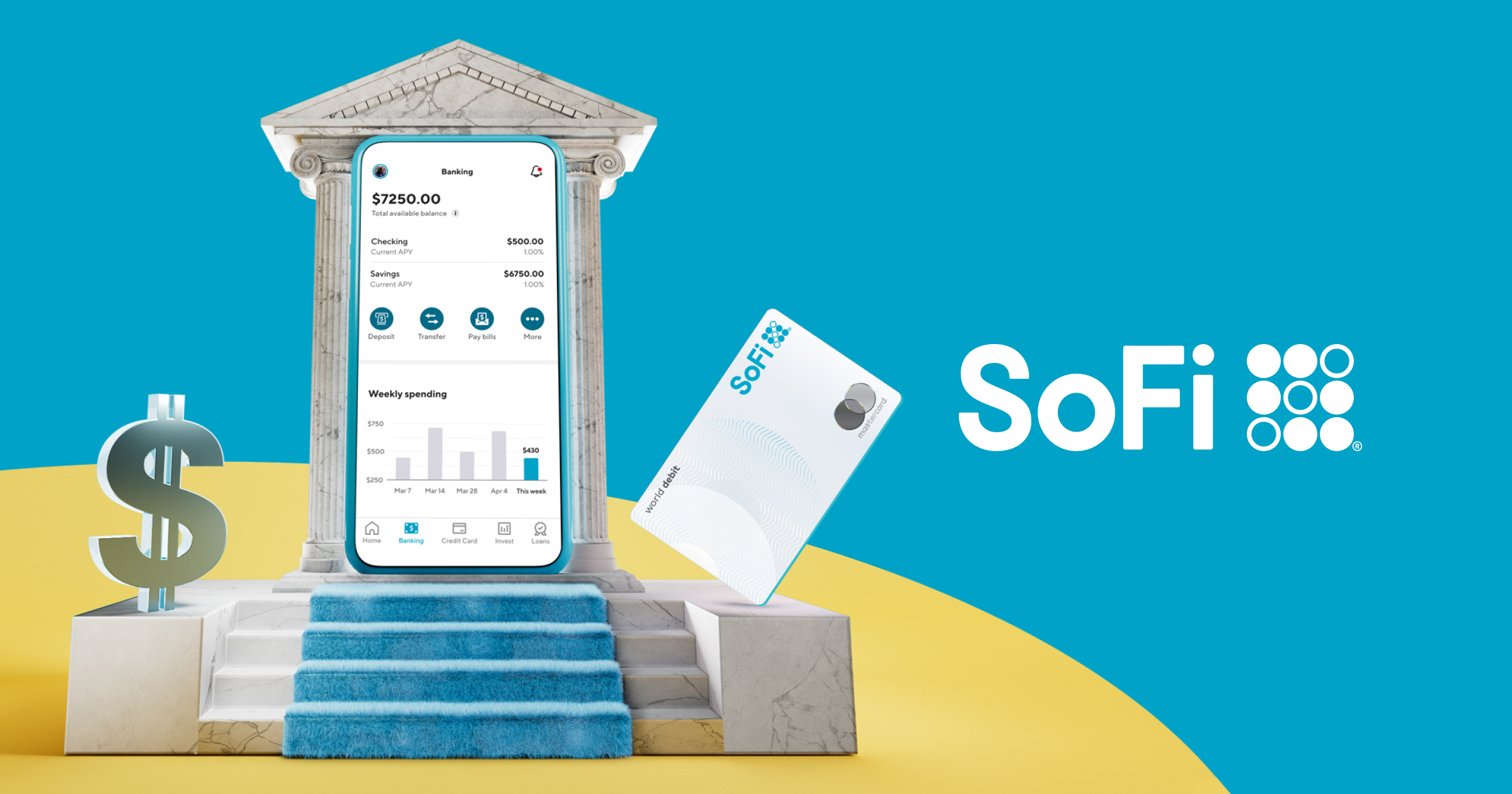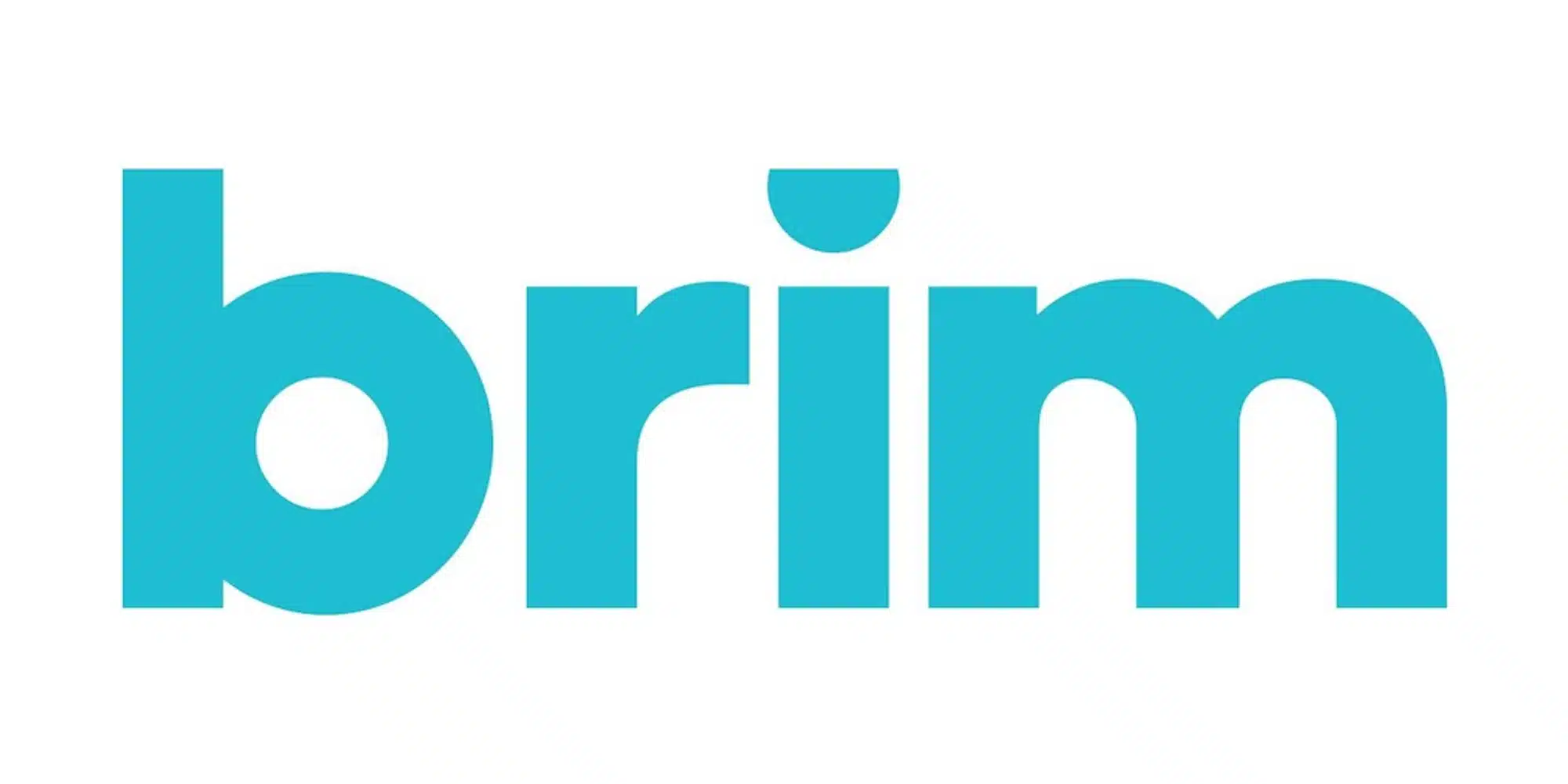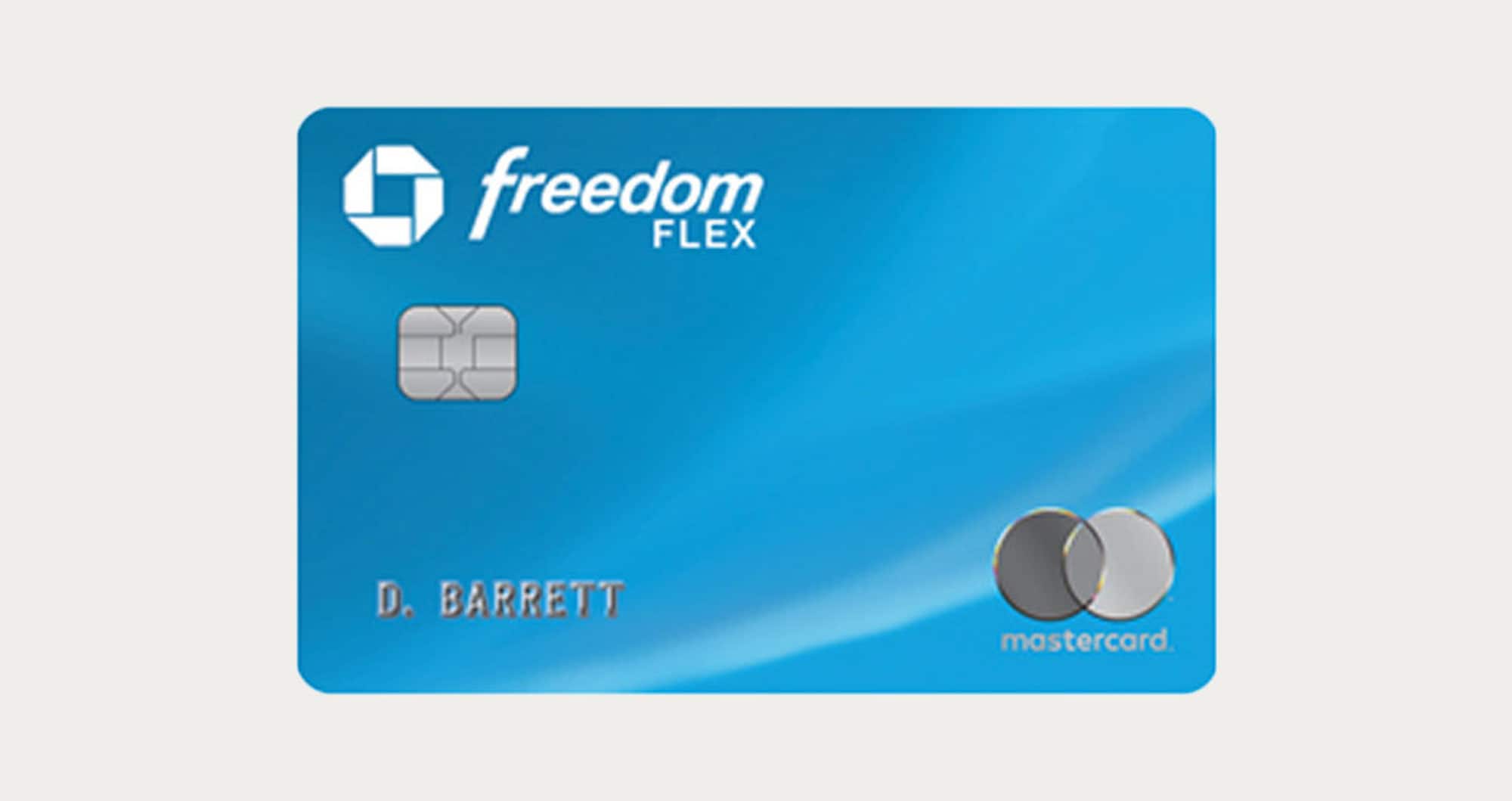Category: Home Buying Tips

Home Buying Tips
Lessons From a First-Time Home Buyer: Living Outside City Limits
by Kyle Burbank
So, apparently I don't actually live in Springfield. Despite our mailing address including Springfield and part of our backyard likely falling under the city's jurisdiction, technically, we just live in Greene County, Missouri. This is something we only confirmed yesterday — although I had my suspicions before that. When we first came to tour this house, we were surprised to see a "Leaving City Limits" sign just before our street.... 
Home Buying Tips
Lessons From a First-Time Home Buyer: The Problem with Appraisal Gaps
by Kyle Burbank
Amazingly, when my wife and I recently purchased our very first home, the process couldn't have gone smoother. Alas, that was not the case for our sister and brother-in-law. A day after they told us that their offer had been accepted on a house, they hit us back to say that the acceptance had since been rescinded as the owner feared an appraisal gap. Now, you may be thinking 1)... 
Home Buying Tips
Lessons From a First-Time Home Buyer: How We Saved on Our First "Major" Purchase as Homeowners
by Kyle Burbank
Being a new homeowner after years of renting means that there are several items we are now in the market for that I wouldn't have even thought of before. What's more, these items are often on the pricey side, pushing them into the category of "major purchases." For example, this past week, we bought ourselves a lawnmower. Knowing that we didn't want to "cheap out" but also didn't want to... 
Home Buying Tips
Lessons From a First-Time Home Buyer: Surviving Our First Winter
by Kyle Burbank
One major difference between Springfield, Missouri and my previous city of residence (Glendale, California) is that, here, we have these things called "seasons." Furthermore, unlike a California winter where you might have to put on a sweater when it dips into the 40s, we do see snow, ice, and occasional sub-zero temperatures here in the Midwest. In turn, when we bought our home in whirlwind fashion, I knew we'd immediately... 
Home Buying Tips
Lessons From a First-Time Home Buyer: Prioritizing New Projects
by Kyle Burbank
So far in this series, I've gone through some of the expenses that come with buying and owning a home. However, in addition to some required costs, homeowners may also face self-imposed spending in the form of projects. Obviously, these can range in size and price based on the condition of your home when you bought the place. In our case, when we decided to buy, we knew there'd be... 
Home Buying Tips
Lessons From a First-Time Home Buyer: Letting Professionals Do the Heavy Lifting
by Kyle Burbank
When buying our first home, I was afraid that I'd quickly feel as though I was in over my head. Thankfully, though, that didn't really happen. Then again, that's undoubtedly because we surrounded ourselves with professionals who were able to do a lot of the leg work for us as well as "hold our hands" during each step of the journey. Rather than dive into the pros and cons of... 
Home Buying Tips
Lessons From a First-Time Home Buyer: Mortgage Payments vs. Monthly Payment
by Kyle Burbank
Even if you've never owned a home, you're probably aware that there are several regular expenses you'll need to concern yourself with. Yet, something you might not realize is that what's often referred to as your "mortgage payment" typically encompasses more than your interest and principal. So what's the difference between a mortgage payment and your actual monthly payment? Let's take a quick look. What's the Difference Between a Mortgage... 





